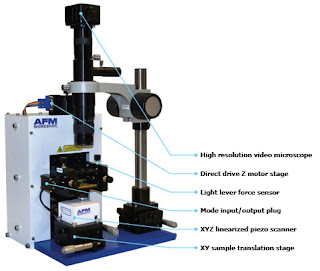Week 9
From this week's material, my mind was blown thinking that science fiction has dictated some important discoveries in space exploration. For example, Jules Verne's From the Earth to the Moon described weightlessness all the way back in the 19th century! Verne also accurately mirrored a lot of aspects of Apollo 1 in his novel, including that people would return to earth by parachuting into the sea. Similarly Konstantin Tsiolkovsky wrote of a true space station that models space stations we have today. In science fiction, I often think inventions coming out of the work as novel, such as recreations of the DeLorean car from Back to the Future. However, this material has proved that art can actually fuel science as well! A space station being built in 2006. The DeLorean car from the movie Back to the Future Another example of art as a catalyst for space exploration comes from Chelsey Bonestell, an artist who was known as the "father of space art." His paintings...


